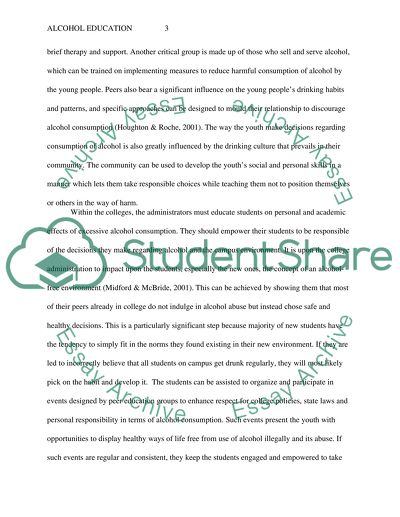Cite this document
(“Alcohol Education Research Proposal Example | Topics and Well Written Essays - 2500 words”, n.d.)
Retrieved from https://studentshare.org/nursing/1404149-alcohol-education
Retrieved from https://studentshare.org/nursing/1404149-alcohol-education
(Alcohol Education Research Proposal Example | Topics and Well Written Essays - 2500 Words)
https://studentshare.org/nursing/1404149-alcohol-education.
https://studentshare.org/nursing/1404149-alcohol-education.
“Alcohol Education Research Proposal Example | Topics and Well Written Essays - 2500 Words”, n.d. https://studentshare.org/nursing/1404149-alcohol-education.


